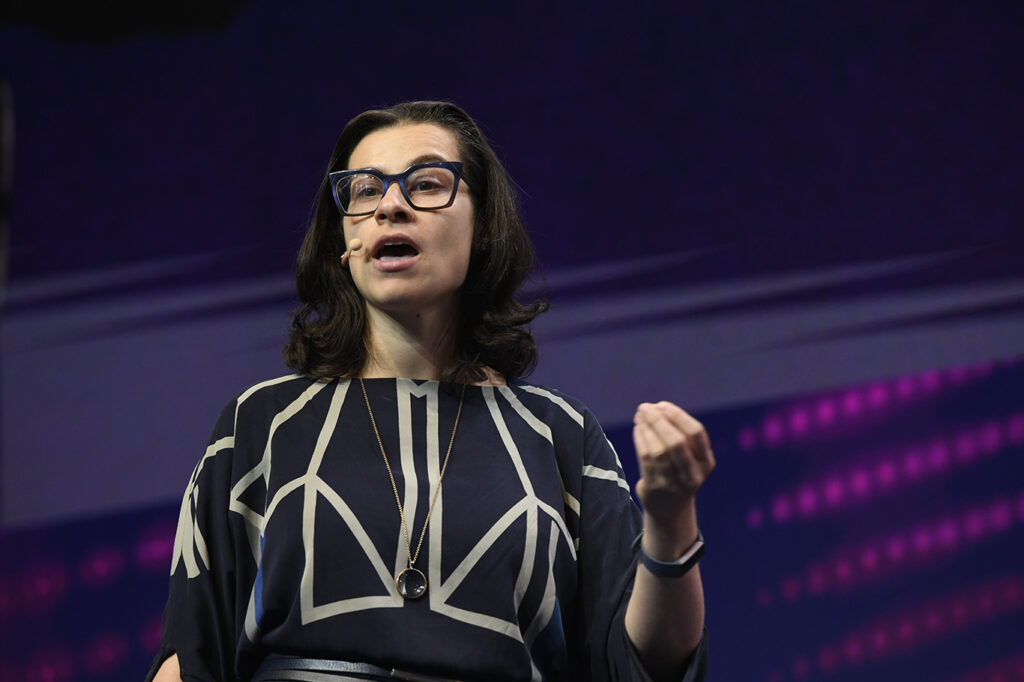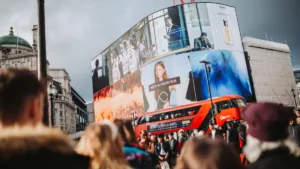Ahead of Earth Day on 22nd April, creative data platform CreativeX has unveiled new analysis revealing the ongoing but limited use of sustainability messaging in advertising.
The analysis was facilitated by creative data from 2.5 million ads across 9 markets, supported by $2.8 billion in ad spend, from January 2020 to March 2023. Creative data – extracted from the assets themselves – was filtered for sustainability messaging. Ads were taken from 11 industries (many of which are facing pressure to achieve ESG targets in the drive toward Net Zero, such as automotive, retail, and food and beverage).
Across this time frame, 4% of all ads analysed contained sustainability messaging, with retail and consumer healthcare sectors containing the least amount of climate-focused messaging in their ads, at just 1%.
Budget allocations behind these ads were comparatively disproportionate, amounting to 8% of total spend. Nevertheless, this still only accounts for less than a tenth of spend across 2020-2023.
The climate ‘say-do’ gap describes the gulf between consumers’ expressed interest in pursuing sustainable options, but failure to translate this intent into action. However, CreativeX analysis shows that brands are also caught in a ‘say-do’ gap – with commitments to sustainability often not supported by concrete changes in action.
This is referenced in the lack of media spend put behind sustainability-focused ads over the three-year period, but is also demonstrated by the sharp drop in sustainability messages since the start of 2023.
While the number of ads containing sustainability messaging steadily increased from January 2020 until December 2022, it fell 47% at the beginning of 2023. This reflects climate change being eclipsed by the cost of living in consumer priorities, and advertisers adjusting their messaging accordingly.
Anastasia Leng, Founder and CEO of CreativeX, comments “Our research demonstrates that despite meaningful commitments to sustainability, marketers are struggling to embed sustainability messaging into their overall communication and creative strategy at scale. This is a missed opportunity that we can start to quantify with creative data, and the first step towards systemically aligning brands’ messaging with their intent.”
Sustainability messaging was limited, but where it did appear it was overwhelmingly positive and couched in language connected to the UN Sustainable Development Goals (SDGs).
Eighty-two percent of ads with sustainability messages use keywords falling under SDG 12 – Responsible Consumption and Production. This suggests that brands have bought into a collective understanding of how to communicate sustainable messaging.
This is supported by the finding that brands overwhelmingly use positive language when discussing climate matters. Positive climate mentions educating and informing consumers to make greener choices appeared 4x more frequently than negative or neutral commentary on climate issues.
While there were similarities in messaging and tone across all ads featuring sustainability messaging, some industries contained notably more ads connected to the topic. Sustainability messaging was included in 4x more automotive ads than other industries – reflecting pressure on the sector to improve its outsized environmental impact.
Anastasia Leng continues; “If brands are putting in the effort to work more sustainably, they’re certainly not telling their consumers about it. Marketers who successfully action this “last mile” of their sustainability efforts by promoting their progress in their messaging can kill two birds with one stone: doing well for their brands while doing good for the planet.
CreativeX’s AI technology was used to analyse over 2.5 million global ads, supported by over $2.8 billion in ad spend, from 2020-2023 for the presence of 22 sustainability and climate-related keywords (both in the creatives themselves and the accompanying post copy).
Ads were taken from 38 advertisers, totaling 1,074 unique brands. To help provide a clearer picture of how climate features in advertising, this analysis covered geography (4 regions, 9 markets), industry (11 in total), and type of mention (positive, neutral, or negative).








